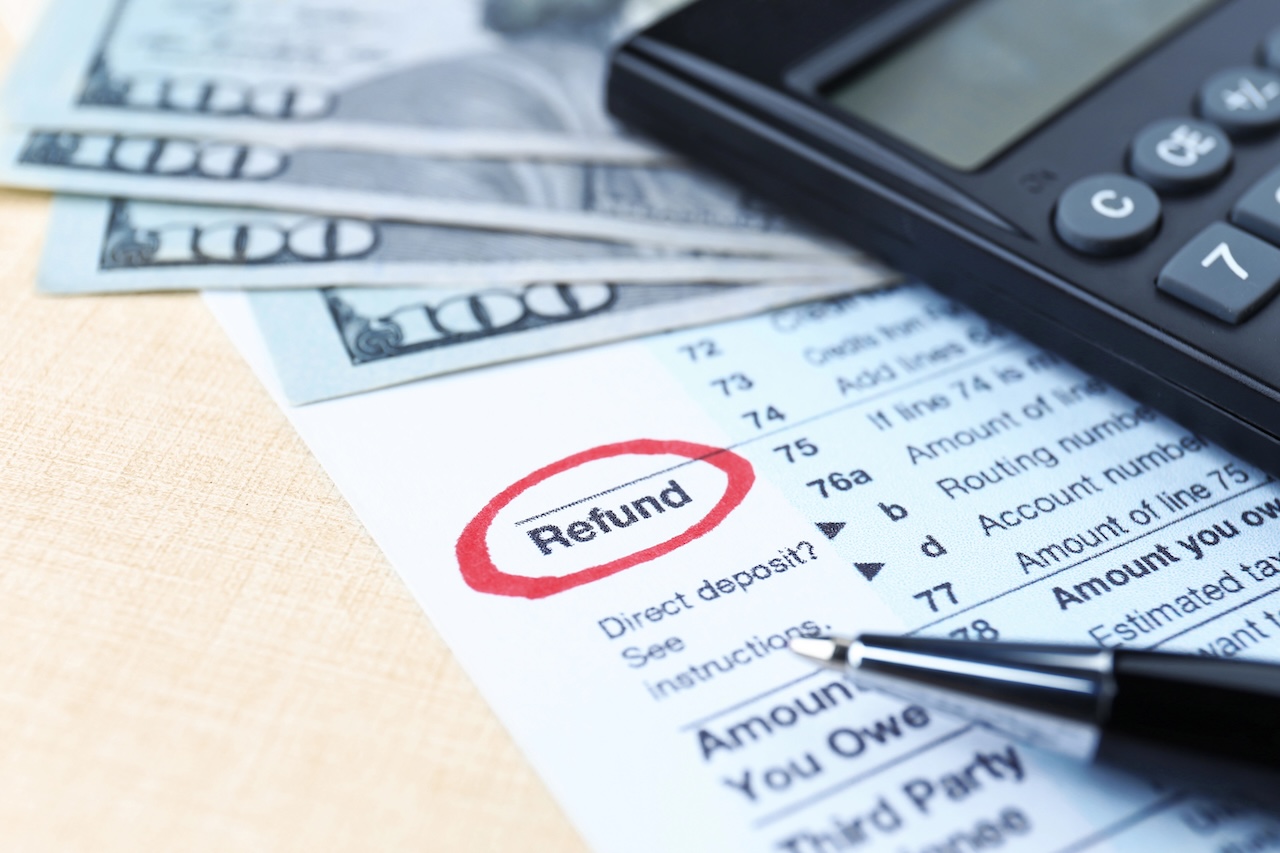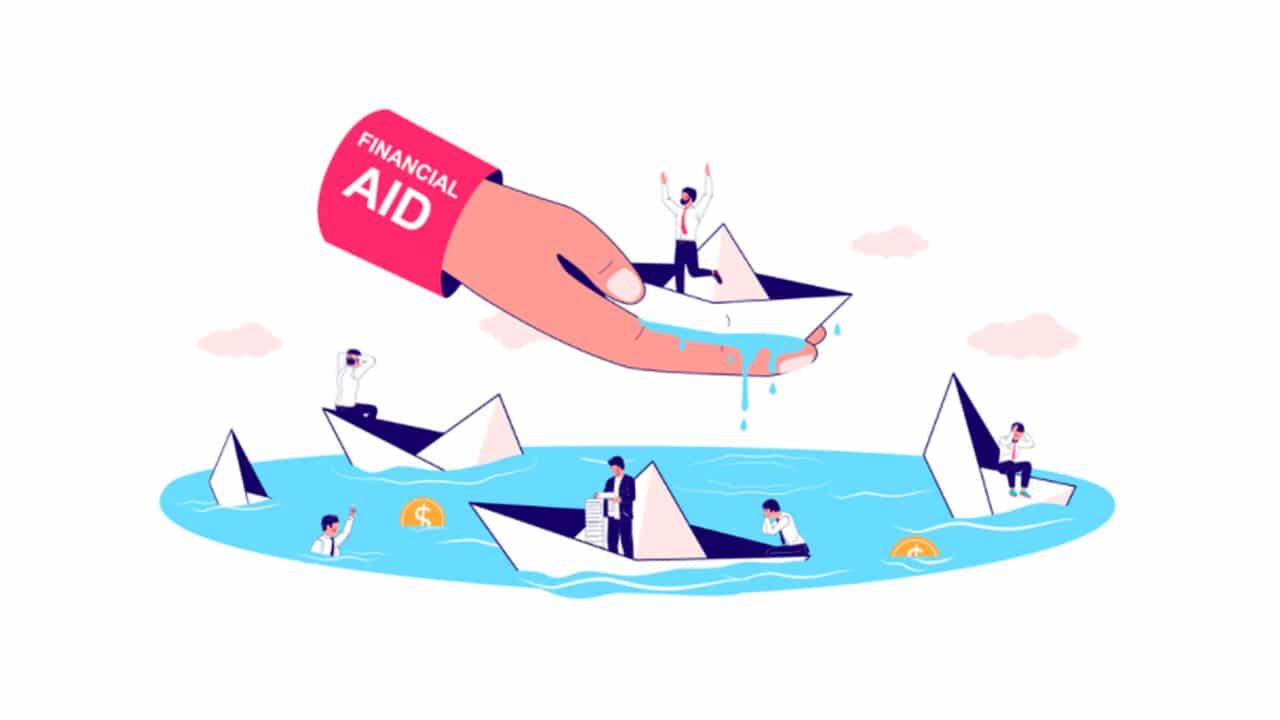The Real Cost of Debt and How to Take Control


We live in a world obsessed with ROI, return on investment.
From business owners calculating every ad dollar spent, to professionals deciding whether a certification is “worth it,” we’ve been trained to look for proof that something will pay off before we act.
We invest in:
We justify these decisions because we see the payoff. It feels good. It feels smart. It feels safe.
And if you’re an immigrant or first-generation American, the shift can be even more complex. Maybe you grew up in a place where credit cards weren’t easy to get, or didn’t exist at all, and now, for the first time, you have access to what feels like limitless spending power. It can feel like freedom, but here’s the truth: credit is not free money. It’s debt that must be repaid, and if you’re not intentional, it can quietly rob you of your future wealth.
But here’s the truth we don’t talk about enough:
ROI isn’t just about what you gain from taking action; it’s also about what you lose when you don’t.
And when it comes to money, inaction can cost more than any “bad investment” ever could.
Many of us, especially those of us who are money-avoidant, struggle with this.
A money avoidant is someone who experiences stress, fear, or shame around finances, so they avoid engaging with money matters. It can look like:
Money avoidants focus on tomorrow: “I’ll look at it later, I’ll deal with it next month, I’ll start when I’m ready.” But tomorrow never comes.
The delay is understandable. Facing your numbers can feel overwhelming, but here’s the problem: while you’re waiting for the “right time” to take action, interest is compounding on your debt, opportunities are passing you by, and financial stress is quietly shaping your decisions.
Let’s play out a scenario:
Imagine you have $8,000 in credit card debt at a 21% interest rate. You tell yourself you’ll “figure it out next year.”
That means in 12 months, you’ve paid about $1,680 in interest, without even touching the original balance.
That’s a new laptop, a family vacation, or several months of groceries, gone.
But the cost isn’t just financial. Inaction can cost you:
When debt grows beyond your ability to keep up, the cost of inaction can move from numbers on a statement to real-life disruption.
Both outcomes don’t just affect your finances; they touch your mobility, career options, and mental health.
The point isn’t to scare you, it’s to show that avoiding your finances isn’t “neutral.” It’s a choice, and it has a cost.
We celebrate compound interest when it works in our favor, when investments grow year after year without extra effort. But debt compounds too, and in the wrong direction.
If you invest $200 a month for 10 years at a 7% return, you’d end up with about $34,000.
But if you carry $8,000 in credit card debt at 21% and make minimum payments, you could pay over $13,000 in interest, with nothing to show for it.
That’s why taking even one small step now matters so much; the earlier you act, the more you stop negative compounding from stealing your wealth.
Debt has become so common that we’ve normalized carrying it like an accessory.
As of 2024, U.S. consumer debt reached over $17.5 trillion, with credit card debt alone topping $1.13 trillion—a record high. The average credit card interest rate? Over 20%.
Maybe you’re an immigrant who never had access to limitless credit in your home country, and now, for the first time, it feels like you can swipe your way to anything you want. But here’s the truth: Money is not just credit; it’s also debt that needs to be paid back. What feels like freedom today can become a heavy chain tomorrow if you’re not intentional.
And yet, we rarely talk openly about it. Debt is both common and shameful; common enough that we assume everyone has it, and shameful enough that we keep silent.
That silence keeps us stuck. If you’ve ever felt alone in your financial struggles, know this: you’re not. But you also don’t have to stay in this place.
Here’s the good news: you don’t need to spend hours budgeting or create the perfect debt payoff strategy to start taking control. You just need to take the first small step, and that step can be as simple as awareness.
Block out 20 minutes, yes, just 20, to journal the following questions:
Once you’ve answered these questions:
You don’t need to map out your entire “Debt Freedom Day” right now. This isn’t about building a master plan; it’s about breaking the seal and getting comfortable with facing your numbers.
Sometimes, debt isn’t just a budgeting issue; it’s a structural one. If your interest rates are sky-high and you’re juggling multiple payments, debt consolidation could be a tool worth exploring.
You might consider it if:
Debt consolidation can take several forms, such as a personal loan, a 0% balance transfer card, or even a HELOC, but the goal is the same: simplify payments, lower interest rates, and create a clear path forward.
It’s not a magic fix, but it can be a bridge between feeling overwhelmed and having a realistic, achievable plan. The key is to pair consolidation with new habits; otherwise, it’s just a pause button, not a solution.
Inaction has a cost. But so does action, except action pays you back.
If you’re ready to start, remember:
The sooner you start, the more control you take back, not just over your money, but over your future. And if your debt feels like too much to handle alone, it might be time to explore debt settlement as a strategic way to break free.

Tax refunds in early 2026 could be $1,000 to $2,000 larger for many households due to retroactive tax law changes....

Why does it feel like large companies always get the upper hand? Maybe it’s the long contracts with fine print,...

What can you do if you can’t afford college? Maybe the financial aid award wasn’t enough, or you only want...